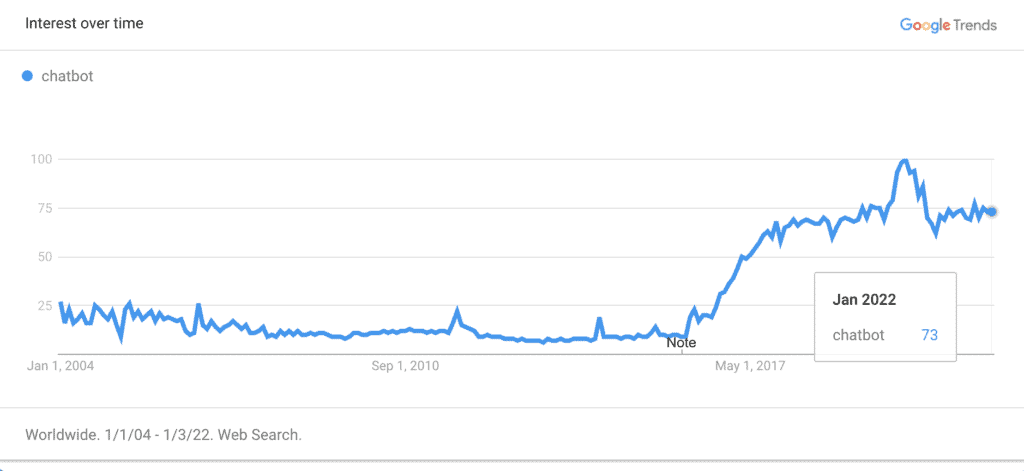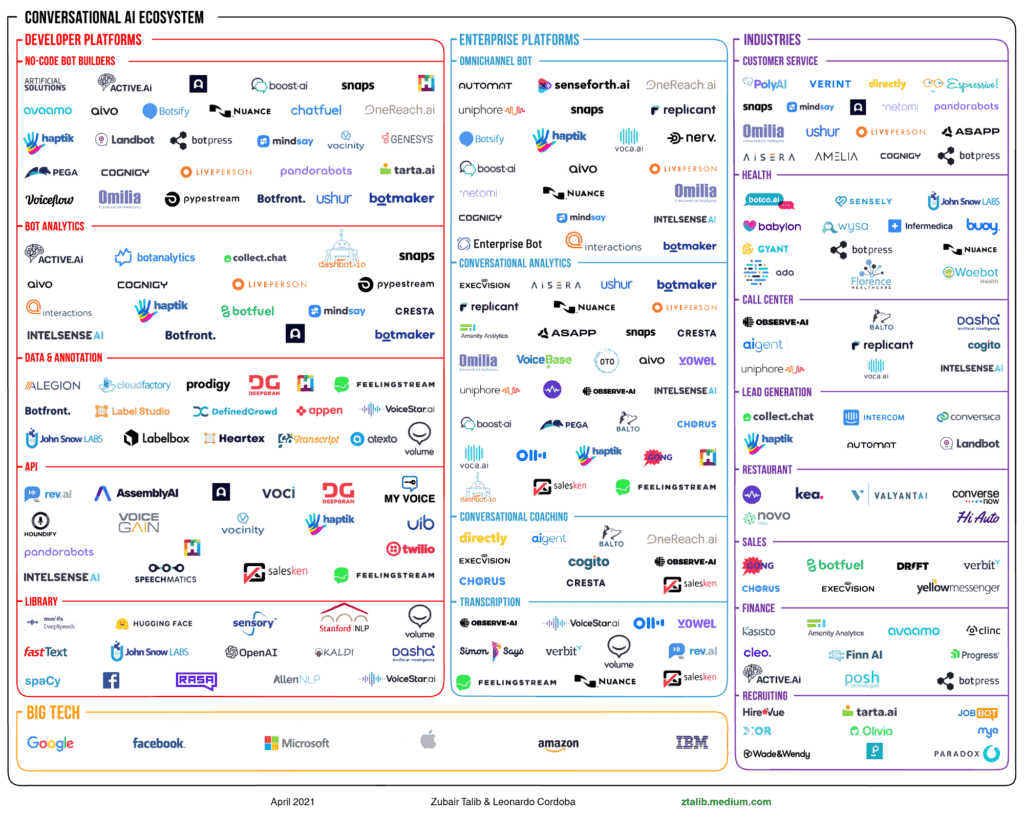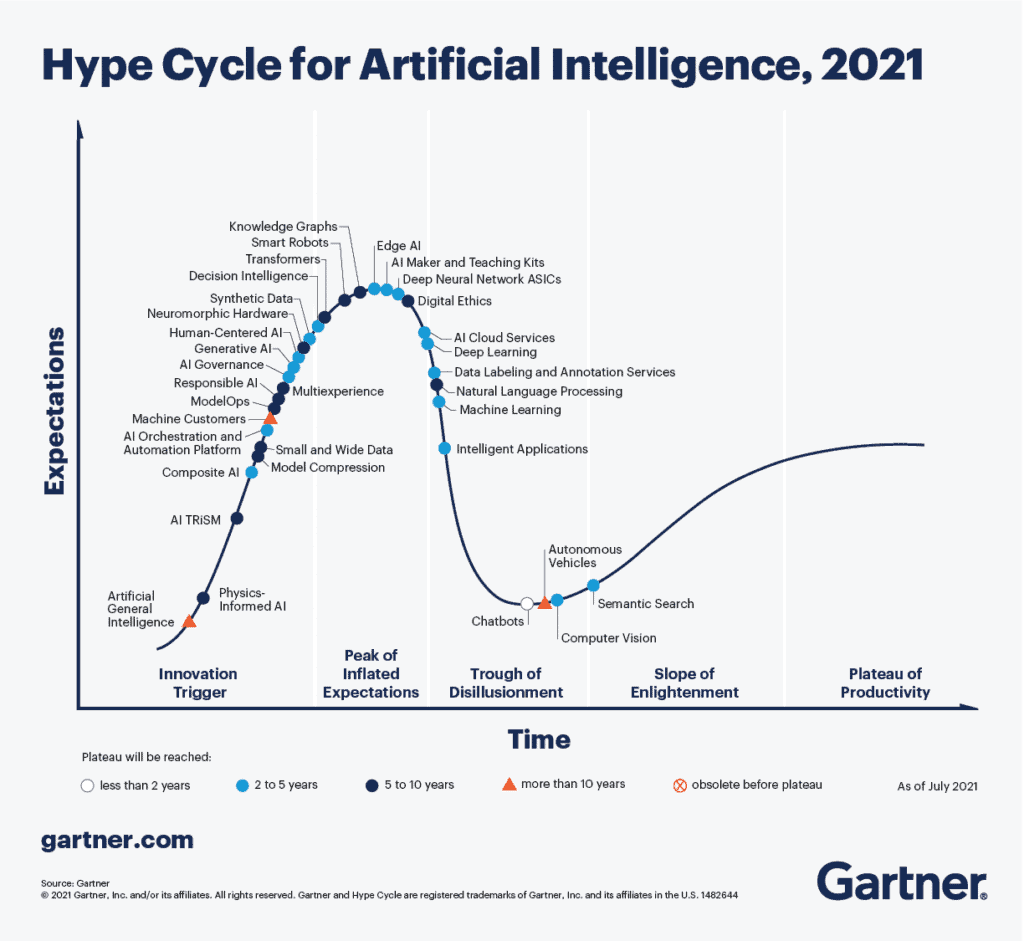EdgeTier Home Screen: Real-Time Customer Service Insights
See what customer interactions matter, as soon as you log in. Customer service leaders are under pressure to spot problems
Customer contact deflection with chatbots; it's the quintessential example of AI for a contact centre. The instant a customer first touches your contact centre presents an opportunity for engagement with an AI system. Most often, the aim is to deflect the customer through self-service of the inbound query. Deflection is most often facilitated by interactive…

Customer contact deflection with chatbots; it’s the quintessential example of AI for a contact centre. The instant a customer first touches your contact centre presents an opportunity for engagement with an AI system. Most often, the aim is to deflect the customer through self-service of the inbound query.
Deflection is most often facilitated by interactive chatbots or auto-response systems, allowing customers to communicate using natural language or through a series of interactive buttons or menus. This technology is broadly termed “conversational intelligence” and each implementation is a “chatbot”.
Chatbot technology has enjoyed gains in popularity in recent years with improvements in the capabilities of computers to understand text driving accuracy improvements in the detection of customer intentions and, simultaneously (not unrelated), better general acceptance of chat-based support channels for consumers and contact centres. A very widely cited report from Gartner in 2011 predicted that 85 % of customer interactions would be facilitated by automated machines by 2020, demonstrating the scale of adoption expected. Adoption indeed has been strong, and the chatbot market is projected to continue to see strong growth though 2026 to over $100 Bn globally.

The ecosystem of companies growing around the opportunity is mind-boggling, leading to a variety of approaches to achieve a working chatbot at your contact centre. One can opt to use a lower-level system that provides chat and NLP APIs (such as Google DialogFlow, Facebook Wit.ai, or Amazon Lex, IBM Watson), or specific chatbot builders that integrate with your customer service platform (e.g. Ada, Ultimate.AI, Drift, ServisBot), and often the large contact centre system providers have built in chatbot technologies (Genesys, Salesforce, Intercom etc.)

Over 2015-2020, there has been an element of “over promising” for chatbot technologies. The standard hype-cycle of excitement has applied, and for a moment, marketing messages would have assured you that you’d never need a human agent in a contact centre after 2025.
As of 2021/2022, Gartner places “chatbots” firmly in the trough of disillusionment. According to their analysts, we’re past the peak of expectations and hype, and, typically at this point, the market adjusts to the reality and will start to engage with conversational intelligence in earnest over the coming years, ideally reaping the “not overhyped but still plentiful” benefits of the technology. Multiple advances in NLP technology have also improved the ability of chatbots to understand customer intent in open conversation, improving outcomes for adopting businesses and heralding renewed optimism for chatbot usefulness.
In fact, chatbots are projected to see over a 100% increase in their adoption rates through 2025 and are the leading AI use cases in enterprises today. Chatbot technology and providers have reached maturity, and this is driving rapid adoption across industry.

The success of chatbot implementations is measured with how many contacts are contained within the chatbot, i.e. what percentage of chat sessions do not require elevation to a human agent. These interactions translate directly to cost savings for the contact centre, and potentially more satisfied customers if they get to their answers faster.
The degree of completely automated interactions achievable depends on the contact centre implementation, the degree of integration between the chatbot and internal systems, and the type of queries that are common. In the best cases, contact centres report up to 80% of queries being contained within chatbot implementations. According to a New York Times article, General Motors successfully answers 60% of customer questions with a chatbot using IBM.
Chatbots can broadly be separated into a two different types, and the best approach for each contact centre depends on the mix of incoming contacts, the access to backend systems, and the appetite for integration.

With current technology (and future foreseeable technology), chatbots will never handle every conversation with customers – the bot will not understand every request, or the interaction will simply require a human action. A seamless “off ramp” for customers to speak with a human operator is advised for the best customer satisfaction.
For button based chatbots, bots can provide the option for customers to transfer to an agent. In the case for language based systems, utterances such as “speak with an agent”, or any utterance not understood by the intent detection system should open options for the customer to speak with a human.
The best systems will allow for a seamless transfer, where the human agent receives the chat complete with the message history between the customer and the chatbot that occurred before the agent connected.
For a given implementation, the topics that can be tackled using automated chat bot technology is determined by the degree of integration possible with company backend systems.
Standard “FAQ”-type bots that deliver generic answers to common questions from customers can be built completely separately to internal systems. As more complex topics are tackled, many will require customer data or actions to be completed on the customer account, and a deeper integration between the chatbot provider and your internal systems will be required. These integrations will, often require some software development work, but lead to a much more capable bot system.

Technology aside, designing and implementing a chatbot that remains on brand, delivers useful information, and strikes the balance between helping and frustrating customers, is a considerable challenge, often requiring full time engagement from a staff member in a large contact centre. Once live, regular reviews of customer engagement and deflection rates are key to maintain a quality customer experience, improve performance, and find the edge cases that will inevitably arise.
See what customer interactions matter, as soon as you log in. Customer service leaders are under pressure to spot problems
We’re excited to announce that Betsson Group is now live with EdgeTier across its European and Latin American support operations.
In customer support, technical accuracy and quick resolution will always matter. But what makes the real difference—what your customers actually
"We’re a big business, so getting the right people to agree and fix something hasn’t always been easy. Now we’ve got one version of the truth—it’s much easier to align and act"
"The average response time for post-booking type emails is about five hours. Previously, it was over 24 hours."
"EdgeTier is no ordinary software product... It has completely changed how we work at CarTrawler."



Let us help your company go from reactive to proactive customer support.
Unlock AI Insights